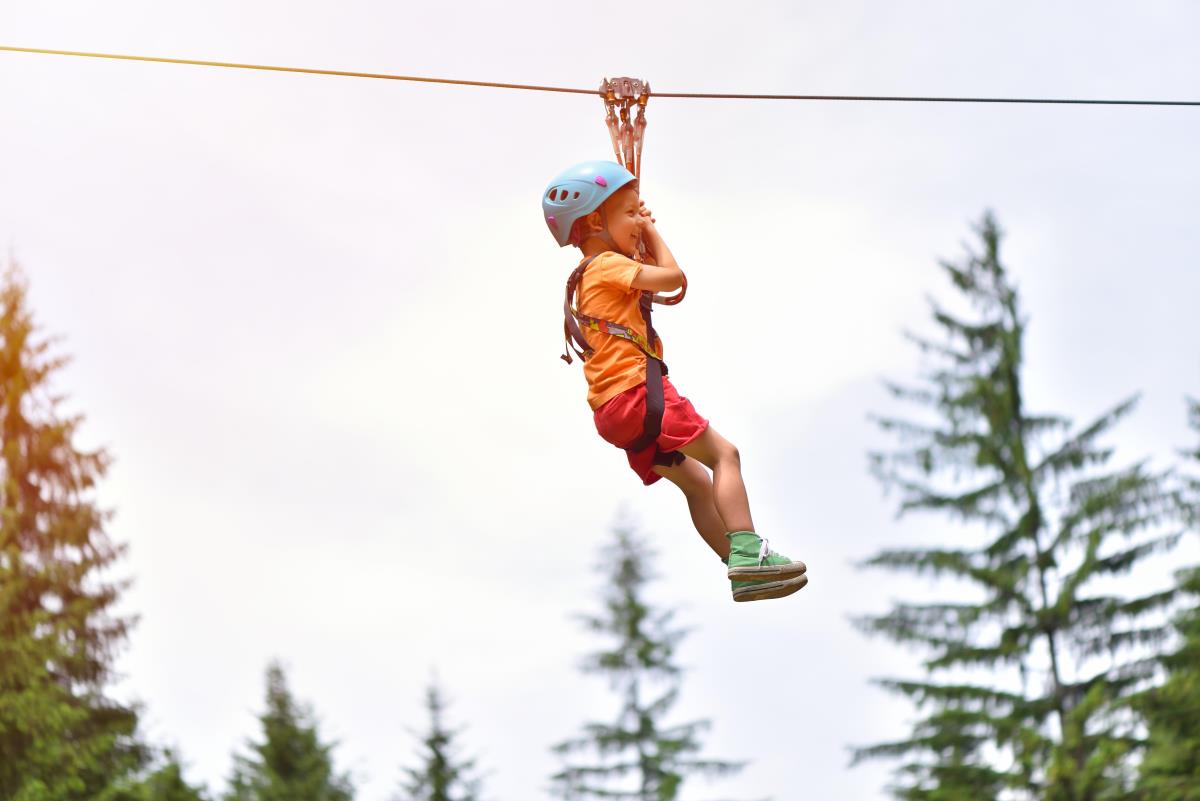Why Your Child Really Needs Some Risky Play

While the playground may seem full of possible dangers to protective parents, and overzealous Health and Safety Committees, research has shown that children who are allowed to explore 'risky play' get fewer injuries and are better equipped to manage risks.
As parents, it's our job to keep our children safe from harm, and protect them in the best way we see fit. For some parents that might mean comprehensively childproofing their house, walking their children to and from school, or monitoring their online activity closely. For other parents it might mean letting your child out on their own from an early age, and a focus on fostering a sense of independence and self-reliance as much as possible.
While all parents agree that they want to keep their children safe, how that is best achieved is continuously up for debate - safety is inarguably important, but it's also important to allow children a degree of independence and freedom to explore the world.
Why risky play is important
While a wish to keep your child safe at all costs is natural for parents, what is just as natural is a child's need to explore, test limits, challenge boundaries - and partake in play that their parents might view as risky. This type of play might entail climbing trees, jumping off monkey bars, riding a bike or building a tree house.
Children learn and develop countless important skills when playing outside: from motor skills, balance, building strength, coordination and body awareness to problem solving and building resilience. This type of play is also something most children have hours and hours of fun doing. Just like your child is taking risks while learning to walk, run and cycle, older children need to take risks in order to learn how to assess risks and manage situations. Through failing and succeeding on the playground, children learn how to be persistent, and how to problem solve.
What the experts say
"All children both need and want to take risks in order to explore limits, venture into new experiences and develop their capacities, from a very young age and from their earliest play experiences.
Children would never learn to walk, climb stairs or ride a bicycle unless they were strongly motivated to respond to challenges involving a risk of injury. Play and risk go hand-in-hand. If we are to truly value play then we must also value risk." - the Play Safety Forum
Independence vs safety
How to balance between giving your child freedom and independence, and keeping them safe, is something that all parents must decide for themselves within the constraints of the law, continuously adjusting the decisions you're making as your children grow up.
It's worth considering whether giving your child more freedom and responsibility for themselves than you have previously done could prove beneficial to their development - and whether activities you've deemed too risky in the past, such as climbing trees, should be allowed after all. It's worth bearing in mind that sooner or later your children will be out in the world on their own, and it's important that they learn how to manage risks and judge dangers independently as early as possible.
Use your judgement
You know your child best - how good you think they are at managing risk, and how much freedom to make their own judgements they can handle. If you are unsure about a situation, supervising from a distance can be a good idea.
There's no question that letting children explore and enjoy risky play, while at the same time minimising the risk of injury, is a challenge for parents, teachers and carers. Being a parent is all about using your own judgement to decide when it's important for your children to enjoy risky play to learn and develop - and when safety needs to come first.





